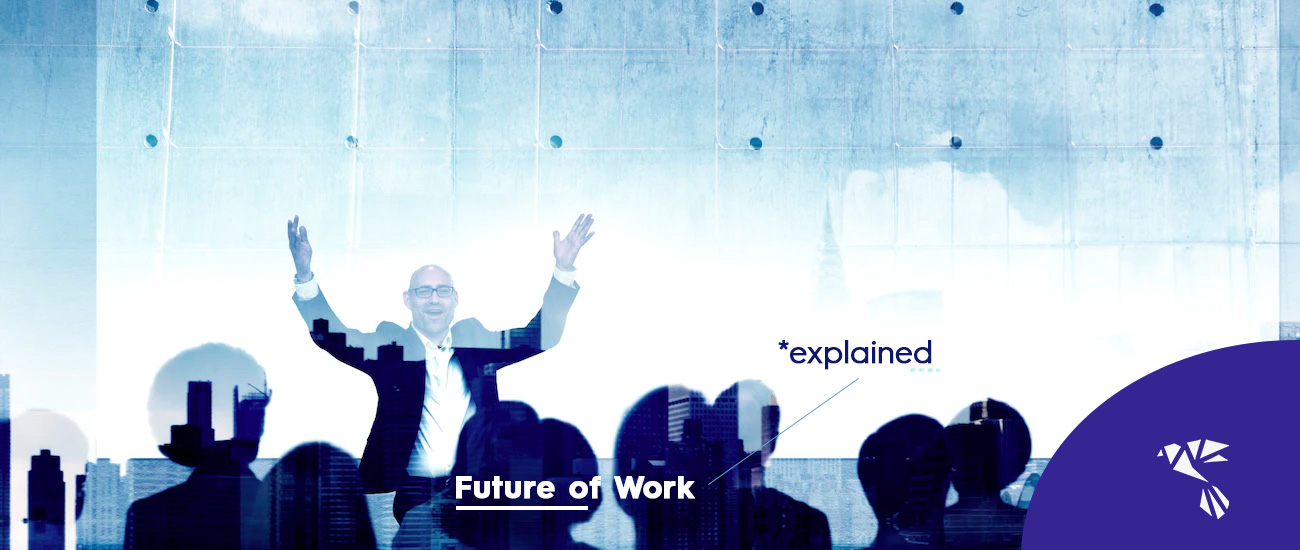The future of employment is a hot topic of discussion these days. With the rise of automation, immersive technologies, the metaverse, and artificial intelligence (AI), many jobs that humans have traditionally performed are now developed through machine help.
Also, the emergence and strengthening of the high-tech gig economy have reinforced the transition to a future of work, a notion that describes forecast trends in employment and companies.
Technological advances will continue, and questions about technological change can lead to large-scale unemployment will emerge, followed by discussions on how people can adjust to this new reality by learning new skills and finding new jobs.
For instance, people prefer remote working and opt for freelancing and task-based work, and other non-traditional employment arrangements to face the tendencies of the gig economy.
Conversely, technological advances can foster companies’ growth. For example, innovations in immersive technologies, such as augmented reality (AR), virtual reality (HR), and AI have brought economic growth to several nations and industries. Ultimately, the future of employment will be determined by the interplay of these forces.
In this blog post, we explain three tendencies of the future of employment: remote work, automation, and the redefinition of the workplace as we know it.
Remote Work is Here to Stay
Not so long ago, the idea of working from home was nothing more than a pipe dream for most workers.
But with the prevalence of technology and the ever-increasing demand for labor mobility and employment growth, remote work has become a reality for many people. In other words, with the future of employment, people and companies are redefining work.
And it’s not just employees who benefit from this trend — employers are also seeing the advantages of offering remote work options to their employees. In fact, it’s estimated that by 2025, as many as 70% of workers will be working at least part of the time remotely.
There are several reasons why remote work is here to stay. For one, it allows employees to have greater control over their work-life balance. With no need to commute or juggle childcare responsibilities, employees can have more time to focus on their work.
Additionally, remote work opens up opportunities for employees to work from anywhere in the world, which is a significant benefit for companies looking to tap into global talent pools.
Finally, outsourcing remote workers is more cost-effective for employers — there’s no need to provide office space or equipment, and employers can save on overhead costs associated with maintaining a physical workplace. As the future of employment continues to evolve, it’s clear that remote work is here to stay.
The Rise of the Machines: Automation and Work
For years, there has been a debate about whether technology will eventually replace human workers altogether. And while it’s true that automation is increasingly being used to perform tasks that humans have traditionally done, it’s important to remember that this trend is nothing new.
In fact, automation has been a part of the workforce for centuries — it’s only recently that the pace of change has sped up.
One of the most significant changes we’re seeing today is how automation is being used to perform cognitive tasks, such as data analysis and decision-making. This is a substantial shift from the past, when automation was primarily used for physical tasks, such as assembly line work.
The rise of automation in the workforce is leading to a future in which machines and humans will work side-by-side. This future is often referred to as the “co-bot future.” In this future, humans will focus on higher-level tasks, while machines will handle the more routine, repetitive tasks.
In this TED talk, David Autor will explain to you how automation at the workplace works.
The Redefinition of the Workplace
As the future of employment continues to evolve, so too will the workplace. In fact, the two are inextricably linked.
We can expect to see a trend towards more flexible working arrangements in the workplace. With advances in technology, there is no longer any need for employees to be tethered to a specific location to do their job. Instead, they can work from anywhere in the world, day, or night. In this situation, remote work will have a starring role in the future of work.
Consequently, business owners and HR specialists will rely on a more diverse, inclusive, and egalitarian workforce that contributes different perspectives to the company’s growth.
Finally, we can expect to see a greater emphasis on well-being in the future workplace. As our understanding of the link between mental and physical health continues to grow, employers will increasingly recognize the importance of creating a workplace that promotes both.
This could take many forms, from offering on-site childcare and gym facilities to providing dedicated time for employees to pursue their hobbies or interests.














